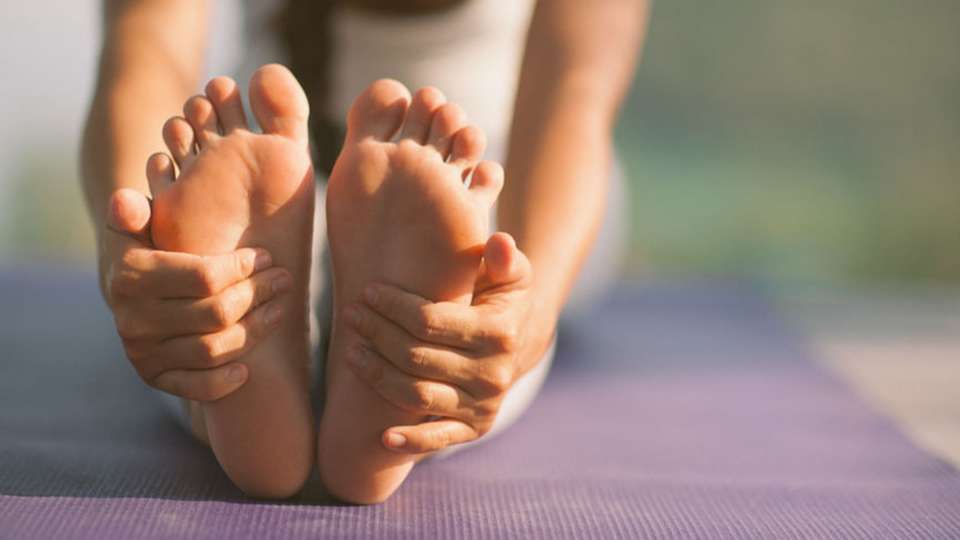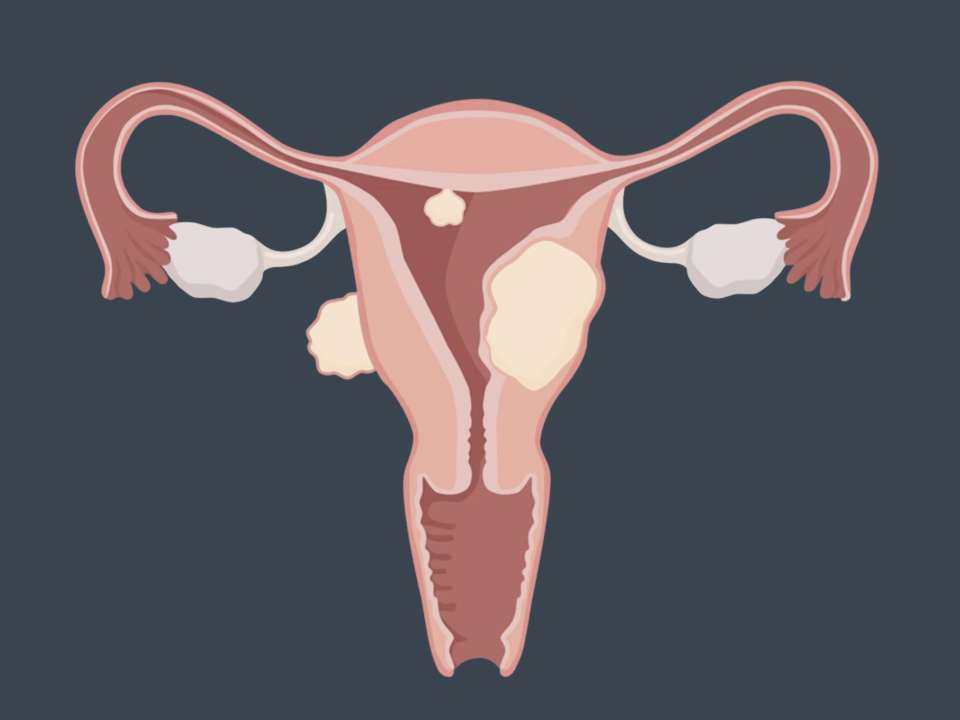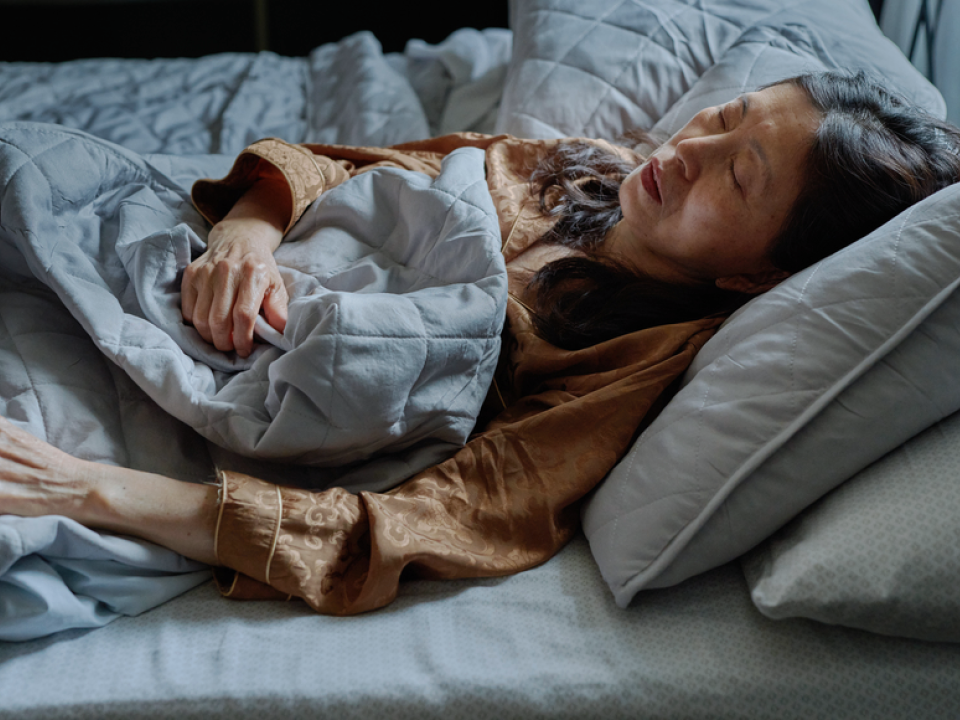
After weeks of searching, you finally found the perfect pair of heels … but they’re open-toe and your toes aren’t their usual cute squeezable selves. Sigh.
It’s worse than that. They’re peeling, cracked and scaly. Did we mention itchy? And between your toes is a valley of blistery red raw soreness.
These are the classic signs of athlete’s foot, a common fungal infection that usually begins between the toes and spreads. The sole of your foot is another of its favorite habitats.
And yes, we did say “fungal.”
What is athlete’s foot and why you?
You don’t have to be an athlete to come down with athlete’s foot. It’s caused by a fungus known as Trichophyton rubrum, the same fungus that causes jock itch (which, jock strap or no, affects women, too).
This fungus likes the area between the little piggy that went to the market, the little piggy that stayed home and any other warm, damp environment where it can thrive.
“Fungus is a cohabitant of our body so, technically speaking, it’s always there, and with the right environmental cues, it will flare up,” says Erik Lilja, D.P.M., a podiatrist at Foot and Ankle Clinic at Fremont.
It’s hard to avoid the environmental cues that trigger it, especially in a place as wet as wintertime Seattle. Sweaty feet or feet that are not dried thoroughly after being wet, anyone? Even tight shoes and socks can contribute to its growth by causing friction and sweating.
Athlete’s foot is also contagious. You can pick it up as easily as walking across a damp floor where someone else has shed the fungus. And you can pass it from your feet to other parts of your body.
Does over-the-counter antifungal medication work?
The short answer is yes.
“Routine use of over-the-counter antifungal medication will resolve 95 percent of these cases,” says Lilja.
Over-the-counter antifungal products are made with a variety of ingredients, all roughly equivalent. If you have the heebie-jeebies about applying a cream or ointment by hand, you can use a powder or a spray instead.
The longer answer to the question of its effectiveness is that you need to use the medication properly for it to work.
- Clean and dry your toes before applying an antifungal.
- Wash your hands before and after using to avoid spreading the fungus.
- Use the antifungal as directed on the package.
- Use for two to four weeks, and continue for one week after the infection appears to clear.
What if an over-the-counter medication doesn’t work?
Sometimes it can be as simple as changing from one antifungal product to another.
“There are slight differences among products and occasionally we see a response with a change of medication. It’s not that one is better than another but just that people respond to them differently,” says Lilja.
If your symptoms continue after a round of over-the-counter treatment, you should see your healthcare provider. You may need a prescription-strength ointment or you may have a different foot condition like psoriasis or eczema that can cause similar symptoms.
If you have a tough-to-beat infection or impaired immune function for any reason, your healthcare provider might prescribe an oral antifungal medication, too.
How do I keep that nasty fungus from coming back?
Don’t worry, you don’t have to move to the desert and wear only open-toe sandals from now on. There are less extreme measures you can take to avoid a recurrence.
- Don’t wear tight footwear that crowds your toes.
- Don’t trade socks with your hobeau or anyone else.
- Change your shoes and your socks regularly.
- Air out your feet whenever you can.
- Let sweaty shoes dry completely.
- Don’t walk barefoot in public places.
On the plus side, your beloved toe socks are still in. But your favorite fashionable heels that look great but are too tight — not so much.
There are a lot of foot problems exacerbated by bad footwear choices, and athlete’s foot is one of them, says Lilja. “Don’t squeeze your toes together all the time; that makes it too easy for athlete’s foot to get started.”

 Healthy ideas for your inbox
Healthy ideas for your inbox





